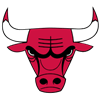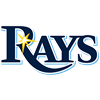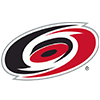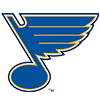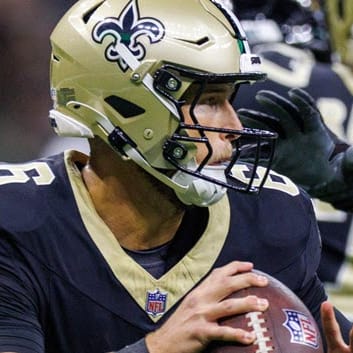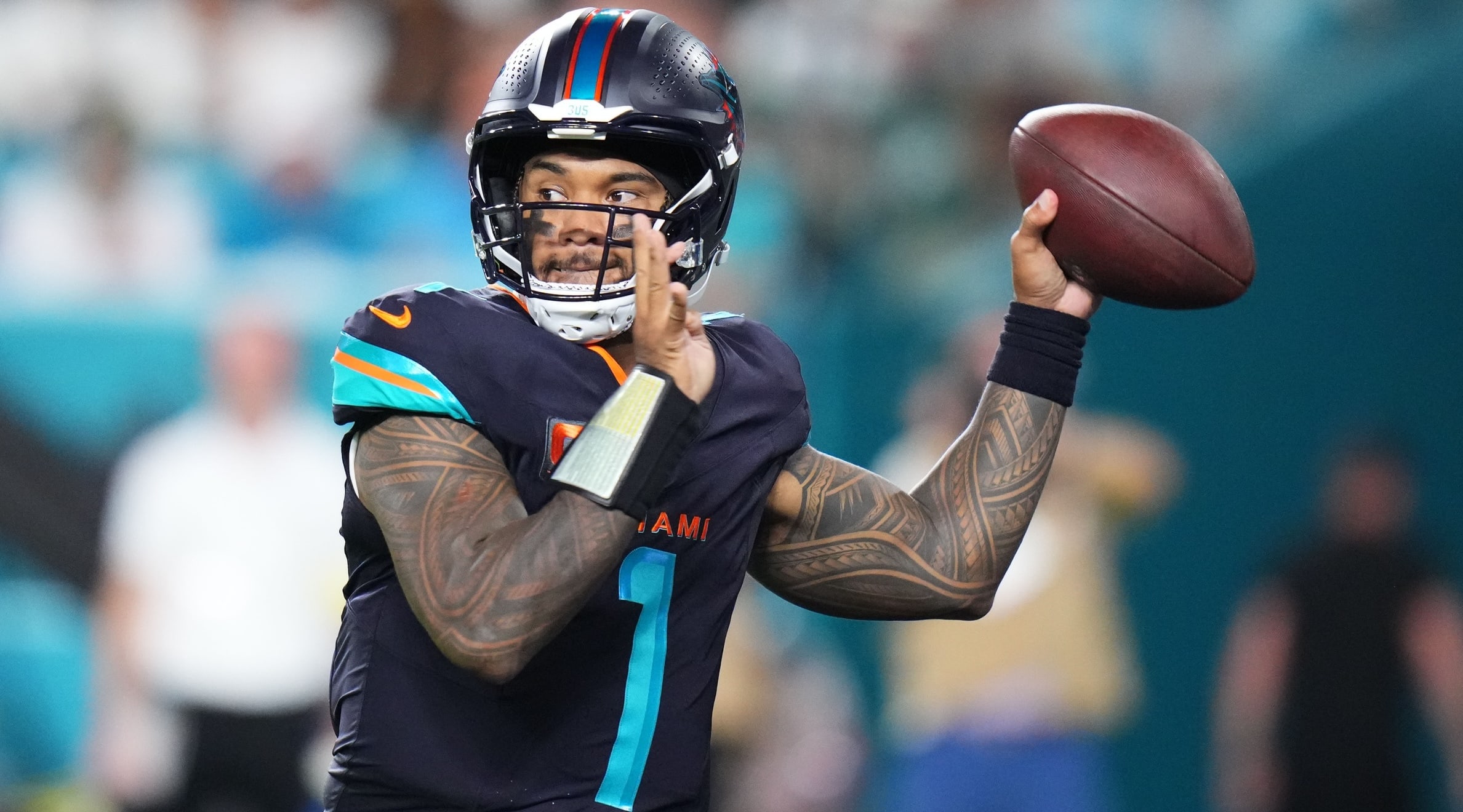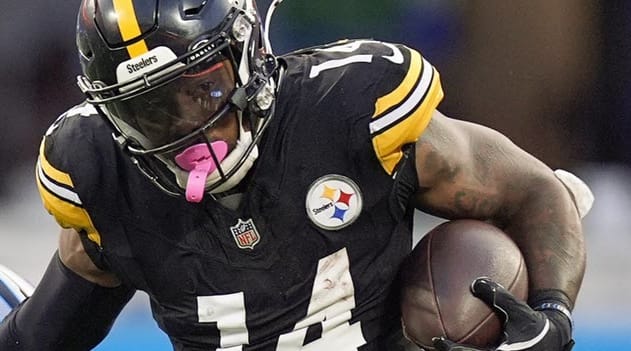This article names one player at each of QB/RB/WR/TE who are generally not worth the price on Underdog NFL best ball contests. These players need not be truly avoided, and for tournament formats especially the need for uncommon builds warrants a disregard for ADP conventions, but the argument is that they are still arbitrarily priced higher than alternatives who go in a similar range or later in the ADP. Better options are suggested in each case.
Sign up for Underdog to receive a free 6-month subscription to RotoWire and first deposit match up to $100 with promo code RWNFL. Claim this special offer now at https://play.underdogfantasy.com/pc-MyVn4cbt6l.
QUARTERBACK
Joe Burrow, CIN (48.9 Underdog ADP)
It's difficult to type this one because I certainly like Burrow in general and do draft him occasionally when I draft Ja'Marr Chase with a second overall selection, but the case to rank Burrow higher than Justin Herbert (53.4 Underdog ADP) or Trevor Lawrence (64.9 Underdog ADP) isn't strong enough to dictate the distance between the three in ADP. As much as there's potentially untapped upside yet with Burrow, due to personal improvement in the cases of himself, Chase and Higgins as well as the personnel improvement on the offensive line, the issue is you can suppose new sources of upside too in the cases of Herbert and Lawrence. Herbert already had a better season in 2021 than Burrow did in any NFL season to this point, and that 2021 Chargers team had worse personnel than the 2023 team. Lawrence requires more projection of course, so it's admittedly a worse case than what Herbert has, but with Lawrence we have reason to suspect substantial skills growth and the personnel is vastly improved. Each of the three quarterbacks projects as viable for 5,000-yard, 40-touchdown upside passing with slightly above-average rushing production. It seems like Burrow costs the most of the category for no obvious reason.
RUNNING BACK
Bijan Robinson, ATL (8.7 Underdog ADP)
Robinson is a very good prospect, and he clearly has a productive rookie season ahead of him. The problem is that his price is too high and has been all offseason. While a very good prospect, Robinson is not on the level of a prospect like Jonathan Taylor or Nick Chubb. Robinson is more on the level of Breece Hall – a great player to be sure, yet one whose rookie season took a few beats to hit its stride. Even Taylor's memorable rookie season started too slowly to be worth a first-round fantasy pick.
The justification you see for Robinson's ADP never changes: it points to Saquon Barkley and Ezekiel Elliott. First, both players were better prospects than Robinson. Second, both Barkley and Elliott had more volume capacity than Robinson does. Robinson weighed in at 215 pounds at the combine, whereas Barkley and Elliott respectively weighed in at 233 and 225 pounds. If you want to project workloads like those claimed by Barkley (261 carries and 91 receptions) and Elliott (322 carries and 32 receptions) then you better have a frame built for such workloads. Robinson doesn't. If you want to project that Robinson add weight (he certainly could if he chose) then the tradeoff would be adding time to his otherwise strong 4.46-second 40-yard dash. If Robinson needs to run a 4.52 to match Elliott's weight while Elliott runs a 4.47, then is Robinson really as talented? The Barkley example is more absurd, running a 4.40 at 233.
In my opinion there's no reason for Robinson to go ahead of a player like Chubb (12.1 Underdog ADP) especially, but the same goes for Barkley (16.0 Underdog ADP). If Taylor (23.5 Underdog ADP) didn't have Idiot Owner drama to deal with then he would easily outclass Robinson, too, yet Taylor has gone later than Robinson all offseason.
WIDE RECEIVER
K.J. Osborn, MIN (147.5 Underdog ADP)
Osborn's price is far from prohibitive so he's unlikely to hurt your team too much, but it seems like there's also very little to tap into here. Osborn is more useful in real-life football, where he helps the Vikings offense by providing almost TE-like blocking to crack defenders on the edge, but beyond the occasional wide-open shot he can't hurt the defense from scrimmage. He's the kind of player you allow to take a shot, because as a defense you correctly suspect he can't hurt you with any consistency.
Look at the Vikings offense over the last two years and Osborn's production profile within it. Osborn's per-target returns were below team base line in both 2021 and 2022, indicating that his usage in the target rotation was already too high. The Vikings completed 68.9 percent of their targets at 7.7 YPT in 2021. Osborn finished that year trivially higher in YPT (0.3), but not to the extent that he was lower in catch rate (7.9 percent). Last year the Vikings completed 69.9 percent of targets at 7.5 yards per target. This time Osborn was in the negative in both categories, catching 67.7 percent of his targets at 7.2 yards per target. That's even with an incredibly fluky game against Indianapolis, where a gassed Colts completely stopped playing defense and allowed Osborn to catch 10 of 16 targets for 157 yards and a touchdown. Outside of that game Osborn had just 50 receptions for 493 yards and four touchdowns in 16 games, catching 67.6 percent of his targets at just 6.7 yards per target. Osborn is a below average starting NFL wide receiver.
Rather than Osborn, in my opinion better targets in this range include players like Marvin Mims (144.8 Underdog ADP), DJ Chark (152.9 Underdog ADP), Donovan Peoples-Jones (163.0 Underdog ADP) and Curtis Samuel (176.9 Underdog ADP).
TIGHT END
T.J. Hockenson, MIN (52.2 Underdog ADP)
Hockenson is of course a good player and one coveted for good reason. Not just that, but he'll definitely be more efficient in his second year with the Vikings after struggling to produce with his otherwise substantial target volume in 2022.
The catch is that for Hockenson's efficiency to improve as much as it needs to the Vikings will also need to target him less. An offense can be no better than average, if even that, when a player draws so many targets at such poor efficiency as Hockenson did in his 11 games with the Vikings. He drew 97 targets in those 11 games – a mammoth total no doubt – but it was generally dysfunctional usage and the vast majority of the good occurred in two games against the same bad Giants defense, which both times cut Hockenson loose to instead sell out against Justin Jefferson.
Hockenson's two games against the Giants yielded 23 catches for 238 yards with two touchdowns on 113 snaps and 27 targets. As much as Hockenson will probably continue to be an especially good matchup against the Giants' personnel, there's more reliable signal to be found in the fact that Hockenson caught 47 of 70 targets for just 410 yards and one touchdown in his other nine games. If an offense allocates 70 targets to a player over nine games at a catch rate of 67.1 percent and 5.9 yards per target then that offense is getting whooped. It's an outcome the Vikings can't allow, and the solution to the problem is obvious: Hockenson's efficiency fell off so badly because the Vikings were targeting him too frequently, allowing the defense to decipher Hockenson's beat tendencies and smother him. The fix is therefore to target him less, so defenses don't stare him down in response.
Hockenson's 97 targets in 616 snaps with Minnesota is not consistent with the usage he saw in Detroit, where he more reliably stayed at or above the team base line than he did with the Vikings. Hockenson drew 287 targets in his Lions career, usage drawn over 2,347 snaps. In other words, Detroit targeted Hockenson once every 8.18 snaps, whereas the Vikings targeted Hockenson once every 6.35 snaps. The Vikings team base line in that sample was 68.0 percent completed at 7.5 yards per target, a rate Hockenson dragged down with his 72.2 percent catch rate at 6.7 yards per target, with his putrid 3.1 percent touchdown rate well below his prior career average of 5.2 percent.
Rather than a target every 6.35 snaps, expect Hockenson to draw one target closer to every 8.0 snaps. Rather than 150 targets in 2023, set your hopes on something closer to 110. Hockenson's efficiency will improve with this, but that's still facing something more like 70 receptions for 850 yards rather than the 108-catch, 1,000-yard pace he demonstrated in his first 11 games with the Vikings. Numbers like that won't hurt your fantasy roster, but they're also numbers too easily reached by players like George Kittle (62.3 Underdog ADP), Darren Waller (70.1 Underdog ADP) and Kyle Pitts (74.4 Underdog ADP).







